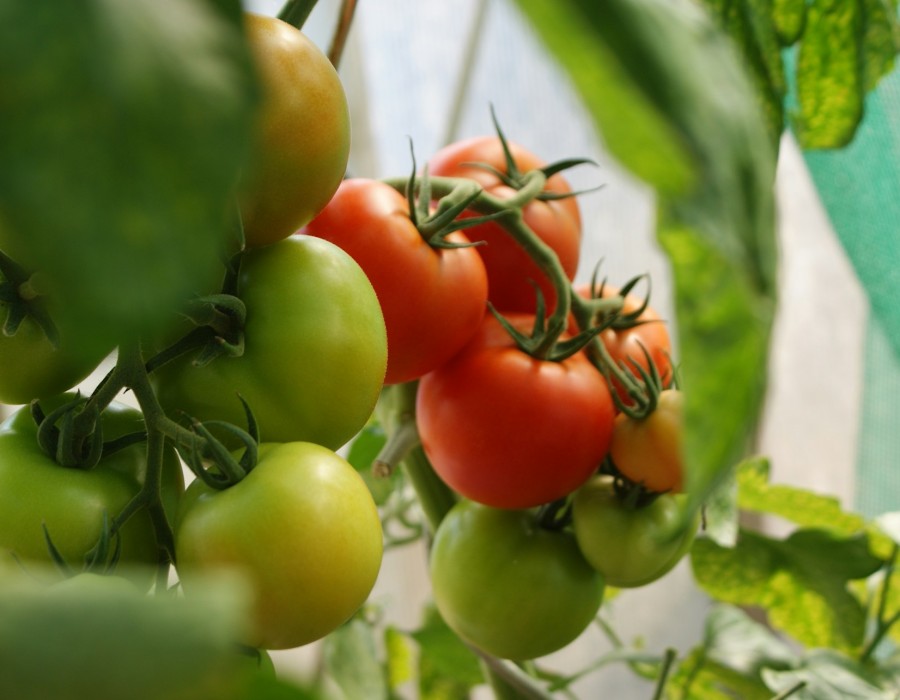Regional Gardening: Cultivating a Garden That Thrives with Local Nature
Gardening is not a one-size-fits-all activity. Every region has its unique climate, soil, and ecosystem that play a crucial role in how plants grow. Regional gardening takes advantage of these natural factors by focusing on plants and practices that align with your local environment. By working with nature rather than against it, you create a garden that requires less effort, fewer resources, and thrives sustainably.
Understanding Your Region
The first step in regional gardening is understanding your local conditions. Different regions have vastly different climates—some are warm and dry, while others are cool and moist. Each climate type supports different kinds of plants, and knowing the characteristics of your region can save you time and energy.
For instance, if you live in a hot, arid area, water conservation is key. Plants like succulents, desert grasses, and drought-tolerant flowers will not only survive but flourish with minimal water. On the other hand, if you live in a cooler, temperate region, your garden might thrive with plants that need more moisture and tolerate lower temperatures, such as hydrangeas, ferns, and native shrubs.
Soil: The Foundation of Regional Gardening
Another essential element in regional gardening is understanding your soil. Soil varies dramatically depending on where you live—some regions have sandy soil, others are rich in clay, while some areas are blessed with fertile loam. Conducting a simple soil test can give you insight into the pH levels and nutrient composition of your soil. Armed with this knowledge, you can decide whether to amend the soil or select plants that are naturally suited to it.
For example, if your soil is heavy with clay, you might want to plant species that tolerate dense, compacted earth, like daylilies or coneflowers. Alternatively, sandy soil, which drains quickly, might be best suited for plants like lavender or yucca, which prefer well-draining conditions.
Native Plants: Your Garden's Best Friends
One of the greatest advantages of regional gardening is incorporating native plants—species that naturally occur in your area. These plants have adapted over time to thrive in your region’s specific climate and soil, making them low-maintenance and resilient. They typically require less water, fertilizer, and pest control because they are already equipped to handle the local conditions.
For example, in coastal regions, native salt-tolerant grasses and shrubs such as sea oats or beach plums can withstand salty winds and sandy soils. In forested or mountainous areas, you might find that native wildflowers, ferns, and evergreen shrubs make excellent additions to your garden. The use of native plants also supports local wildlife, attracting pollinators like bees, butterflies, and birds, which further enhances the biodiversity of your garden.
Choosing the Right Plants for Your Region
In addition to native plants, many non-native species can also thrive in your region if they share similar environmental needs. Local nurseries are great resources for discovering both native and adapted plants that are best suited for your area. When choosing plants, consider their light, water, and soil requirements. Group plants with similar needs together to ensure they all thrive in their ideal conditions.
If your region is prone to dry summers, xeriscaping, or water-wise gardening, is a popular method of planting that uses drought-tolerant species. This practice reduces the need for irrigation, saving water and reducing maintenance. On the other hand, in regions with ample rainfall, rain gardens can be incorporated to capture and filter excess water, preventing runoff and erosion.
Designing with Regional Needs in Mind
Once you’ve selected plants adapted to your local conditions, it’s time to think about the layout of your garden. A well-designed garden takes advantage of microclimates—small areas within your yard that may receive different amounts of sunlight, wind, or moisture. For example, one part of your garden may receive full sun all day, while another remains shaded for most of the day.
In hot regions, you might want to plant heat-loving species in sunny spots while reserving shaded areas for plants that prefer cooler conditions. In wetter regions, creating raised beds or installing proper drainage can help protect plants from waterlogging.
Sustainability and Regional Gardening
Regional gardening is a sustainable approach because it reduces the need for excessive water, fertilizers, and chemicals. By working with your environment, you minimize the ecological footprint of your garden. Native and climate-adapted plants require less intervention, meaning you’ll spend less time watering, fertilizing, and dealing with pests. Furthermore, by choosing plants that support local wildlife, you contribute to the health of the surrounding ecosystem.
Additionally, features like composting and rainwater harvesting complement regional gardening practices. Composting turns kitchen scraps and garden waste into nutrient-rich soil amendments, improving soil health and reducing the need for synthetic fertilizers. Rain barrels can capture and store rainwater for future use, particularly in dry seasons.
Conclusion: Flourish with What’s Natural
Regional gardening is about embracing your local environment and making smart choices that benefit both your garden and the planet. By selecting plants that are well-suited to your region’s climate and soil, you’ll enjoy a lush, thriving garden with minimal effort and fewer resources. Whether you’re working with a small backyard or a sprawling landscape, regional gardening allows you to create a space that’s in harmony with nature, providing beauty, sustainability, and a habitat for local wildlife.





Comments